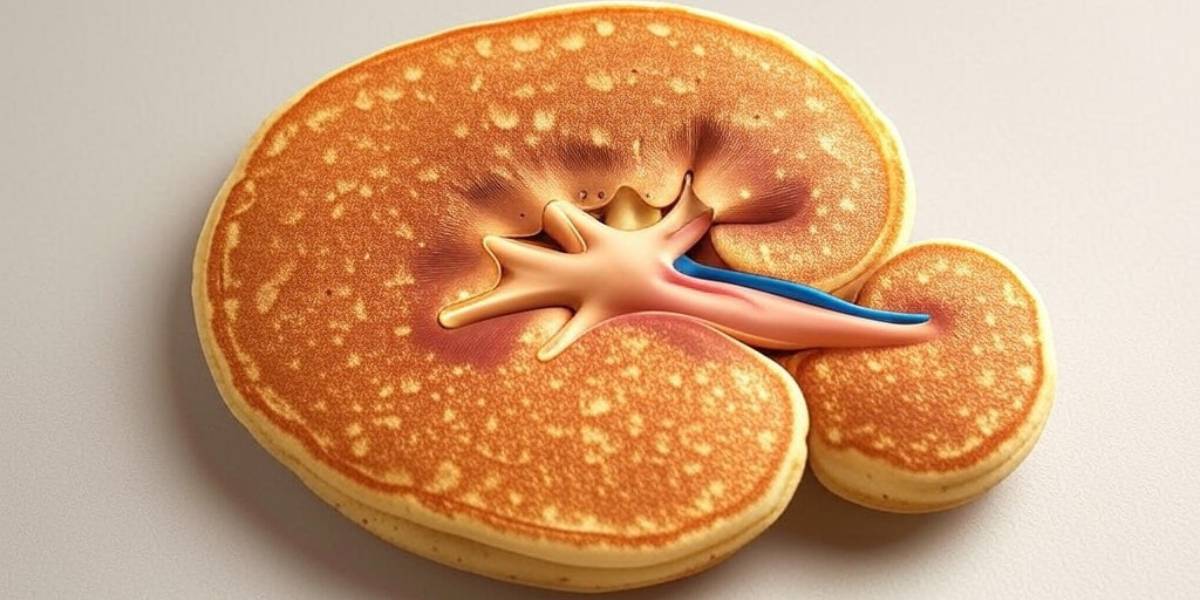At the Hyderabad based Asian Institute of Nephrology and Urology (AINU), doctors successfully performed a first-of-its-kind keyhole surgery to remove the tumor.
Published Dec 24, 2024 | 8:00 AM ⚊ Updated Dec 24, 2024 | 1:12 PM

Repersentational image
The human body typically has bean-shaped kidneys, but in about one in 375,000 cases globally, individuals may have pancake-shaped kidneys—a rare congenital anomaly.
Even rarer is the occurrence of a tumour in such anomalous kidneys.
This was the case for a 45-year-old woman from Kompally, Hyderabad, who not only had pancake-shaped kidneys but also developed a cancerous tumour in them.
Her condition was further complicated by the kidneys being abnormally positioned lower in her body than usual. Remarkably, she had lived with this congenital anomaly for 45 years without significant issues until the tumour was detected.
Such fused kidneys are medically referred to as “lump kidneys,” and when abnormally located, they are termed “ectopic kidneys.” Treating tumours in these cases poses significant challenges due to the unusual blood supply and complex anatomy.
A doctor at the Hyderabad-based Asian Institute of Nephrology and Urology (AINU) successfully performed a first-of-its-kind keyhole surgery to remove the tumour.
Using advanced 3D imaging technology, a CT scan of the patient was integrated with specialised software to create a detailed 3D model.
“A CT scan of the patient was integrated with specialized software to create a 3D model, which provided critical insights into the anatomy of the fused kidneys, their blood supply, and the tumour’s location,” AINU Hospital said in a statement.
The doctors have to take the dangerous lump, i.e. tumour, out without damaging the kidney. But here’s the tricky part: her kidney was not in its usual place. Plus, its pipes (blood vessels) were all tangled up, making it even harder to figure out how to safely remove the lump.
“When the patient came to us, tests revealed the presence of a cancerous tumour. The CT scan showed a highly complex structure with fused kidneys, abnormally located in the pelvis. Identifying the exact location and relation of the tumour to the surrounding vital structures in such cases is extremely difficult. Hence, we opted for 3D modelling, which gave us insights for pre-surgical planning significantly, particularly for keyhole surgeries,” said Dr SM Ghouse, Director of the Robotic and Uro-Oncology Department at AINU.
He added that typically, cancerous tumours in kidneys often require the removal of part of the kidney or the kidney itself. However, given the rare anatomy in this case and the delicate blood supply, “we decided to perform minimally invasive keyhole surgery using advanced technology.”
The medical team utilised the 3D model to precisely plan and remove the tumour through just tiny incisions. This ensured minimal blood loss, and the patient was discharged within three days.
The hospital said that this case marked a historic achievement where until now, in literature, tumours in pancake kidneys have been removed only through open surgery. This was the first time keyhole surgery was performed successfully in such a case.
“This accomplishment was possible only because of the combination of advanced technology. The use of 3D modelling was a significant boon, allowing us to overcome multiple challenges and perform the surgery with precision,” explained Dr Ghouse.
(Edited by Majnu Babu).
